7 Mistakes International Travelers
Make on Their First Trip to Vietnam Being overly trusting of influencers, “rushing” through too many destinations, and skipping street food are among the reasons why many foreigners’ first trips to Vietnam end up falling short.
Joshua Zukas, who has lived in Hanoi for 12 years, writes extensively about travel in Vietnam and has contributed to 10 guidebooks. He points out that tourism advertisements often paint an overly glamorous picture: carefree travelers strolling along the waves in flowing linen outfits, raising champagne glasses against the sunset, or basking in dreamy beams of light streaming into moss-covered caves.
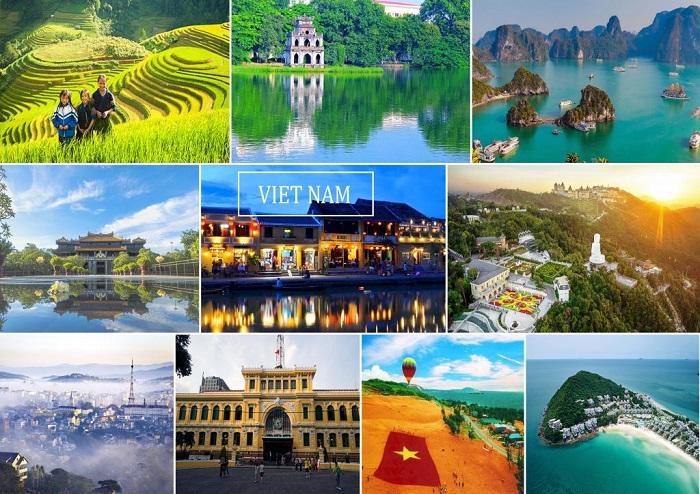
Vietnam in real-life experiences is not always the same. Joshua points out common mistakes travelers often make because they put too much trust in travel influencers or media promotions when planning their first trip to Vietnam.
1. Trying to conquer the entire country in a single trip On the map, Vietnam may look small, sandwiched between China to the north and the Indonesia–Malaysia archipelago to the south.
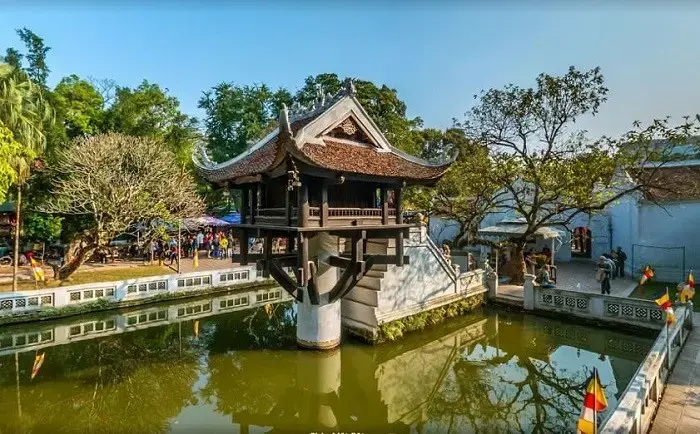
In reality, Vietnam’s land area is comparable to that of Japan or Italy. Traveling between cities in the north, central, and south regions takes many hours. Therefore, for trips lasting only one to two weeks, visitors are better off focusing on exploring one region instead of trying to “cover” the entire country.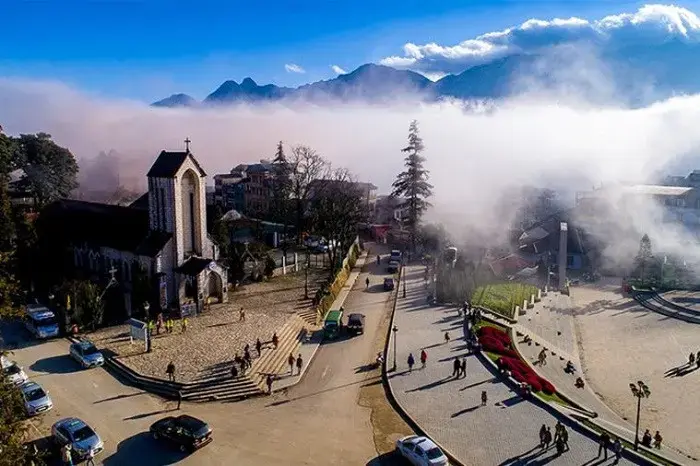
2. Getting frustrated with the weather Vietnam’s weather can be quite unpredictable. In the mountains during winter (December to January), temperatures can drop sharply, bringing freezing cold. The Mekong Delta becomes sweltering at the end of the dry season (March–April), while the central region often experiences storms and floods in autumn (September–November). In reality, extreme weather can occur anywhere, at any time.
Instead of getting angry when storms or rain ruin a holiday, travelers should prepare in advance, bring appropriate gear, and remember that locals have been living with this kind of weather every day for years.
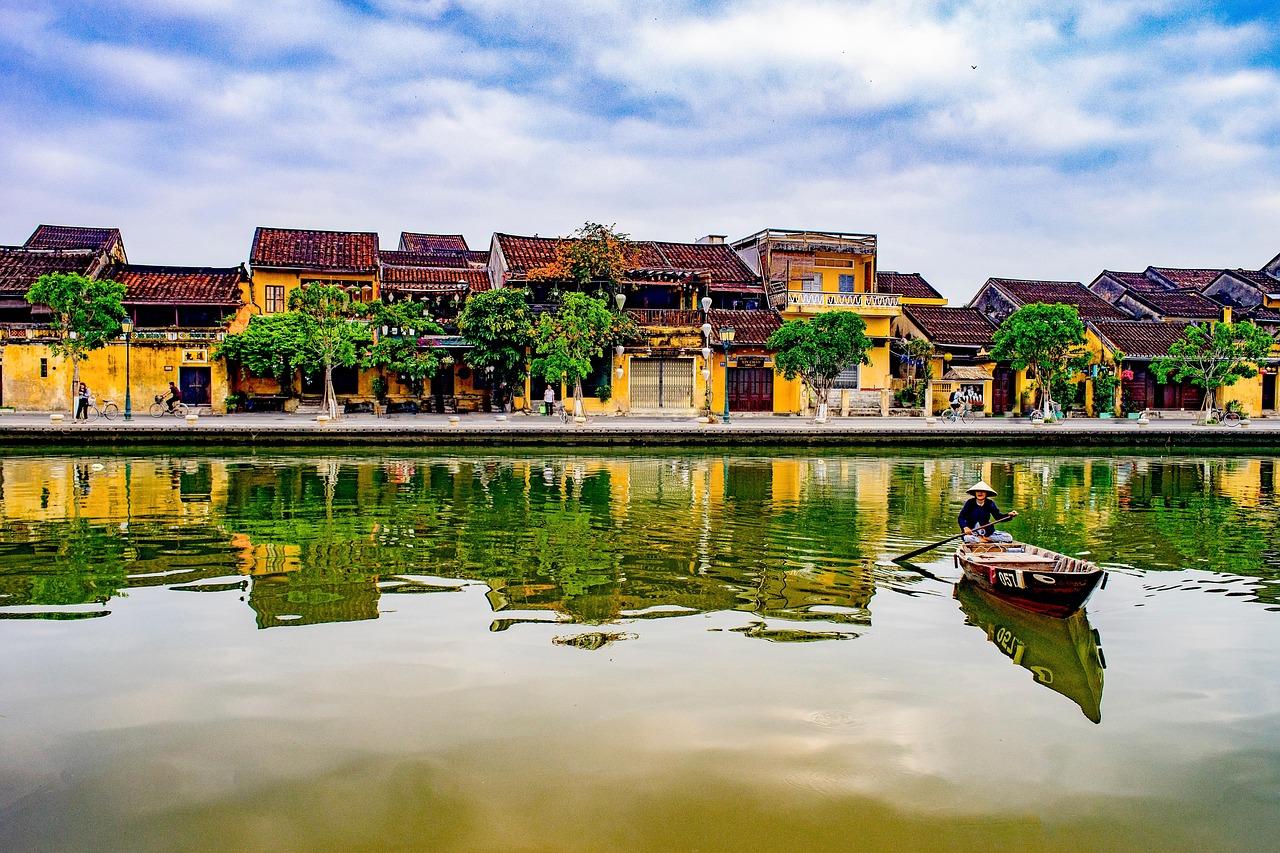
3. Falling into the “fear of missing out” trap Although it may sound controversial, Zukas believes there’s no place in Vietnam that travelers must visit at all costs. In today’s era of overtourism, chasing hotspots often means squeezing through crowds of visitors and dealing with the fatigue of locals. Vietnam is safe, and most people Zukas has met are welcoming toward tourists. Rather than rushing to “check in” everywhere, he says his most memorable trips have been when he focused on what truly interested him.

4. Following influencers blindly Many travelers have complained to Zukas that they had disappointing experiences simply because of a misleading TikTok clip or Instagram post. Social media algorithms prioritize content that attracts views, not information that is accurate or insightful. Forget about the globe-trotting influencers who “stage” their travels to sell illusions. Instead, travelers should seek out content creators who actually live in Vietnam and share genuine knowledge and experiences.

5. Skipping street food Many travelers worry about hygiene, so they avoid sidewalk eateries and instead choose restaurants with menus ranging from Italian pizza to Thai curry. However, Vietnam’s best dishes are often found at small, local eateries that specialize in just one dish.
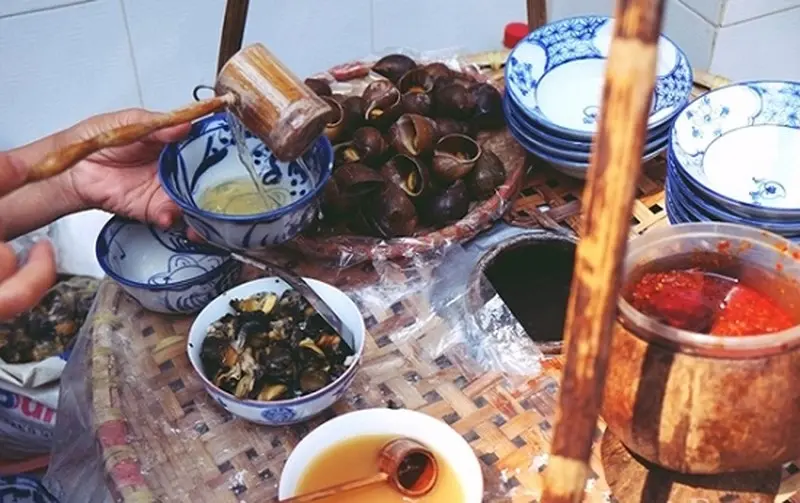
Beyond pho, Hanoi offers delights like bun cha and banh cuon, while Ho Chi Minh City is famous for its snail eateries, serving a variety of dishes—boiled, stir-fried, or grilled—paired with fresh and flavorful dipping sauces.
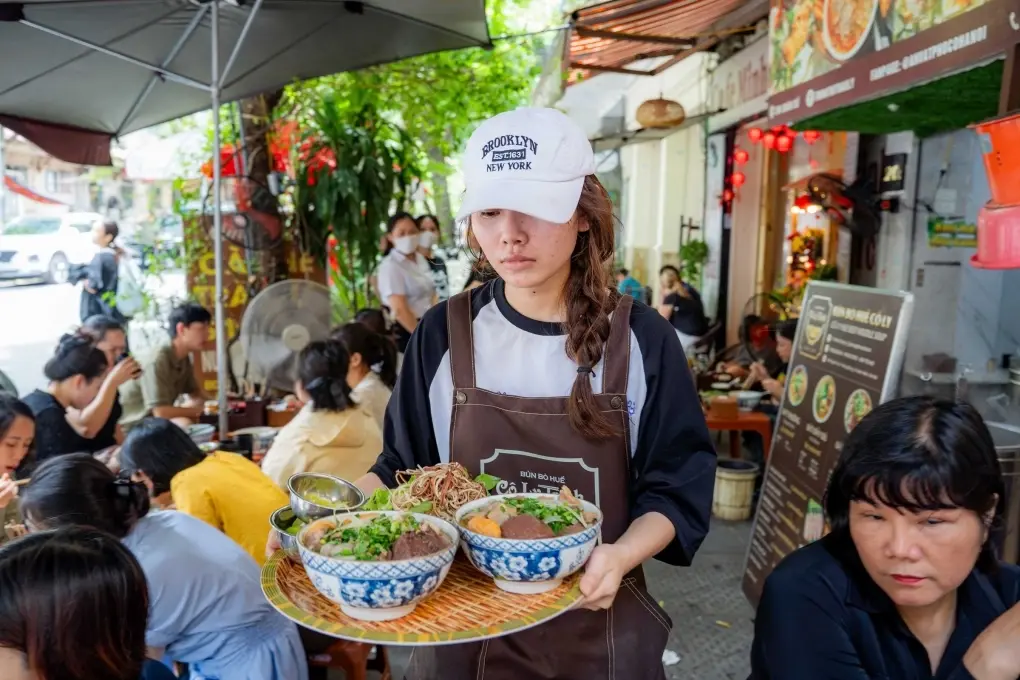
6. Refusing to buy a local SIM card Many travelers assume that Wi-Fi is enough. In reality, mobile data in Vietnam is cheap, fast, and far more reliable, costing only about USD 10 per month. Visitors can easily purchase an international eSIM through apps like Airalo or stop by a local phone shop for a SIM card.
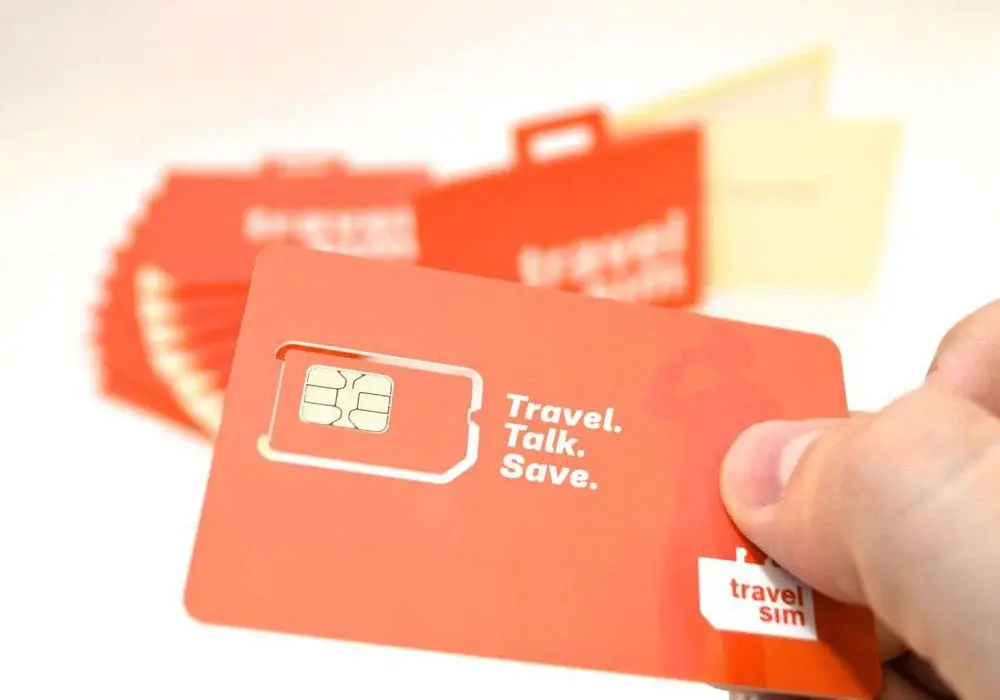
7. Skipping travel guidebooks According to Zukas, buying a guidebook—either in print or digital form—is one of the smartest choices travelers can make. Good guidebooks are the result of thorough research and on-the-ground surveys conducted over months, even years. In contrast, shallow articles, fake reviews, and even AI-generated content often flood the internet. A well-written guidebook helps cut through the “digital noise,” providing clear, reliable information and allowing travelers to experience Vietnam through the real insights of its authors.








